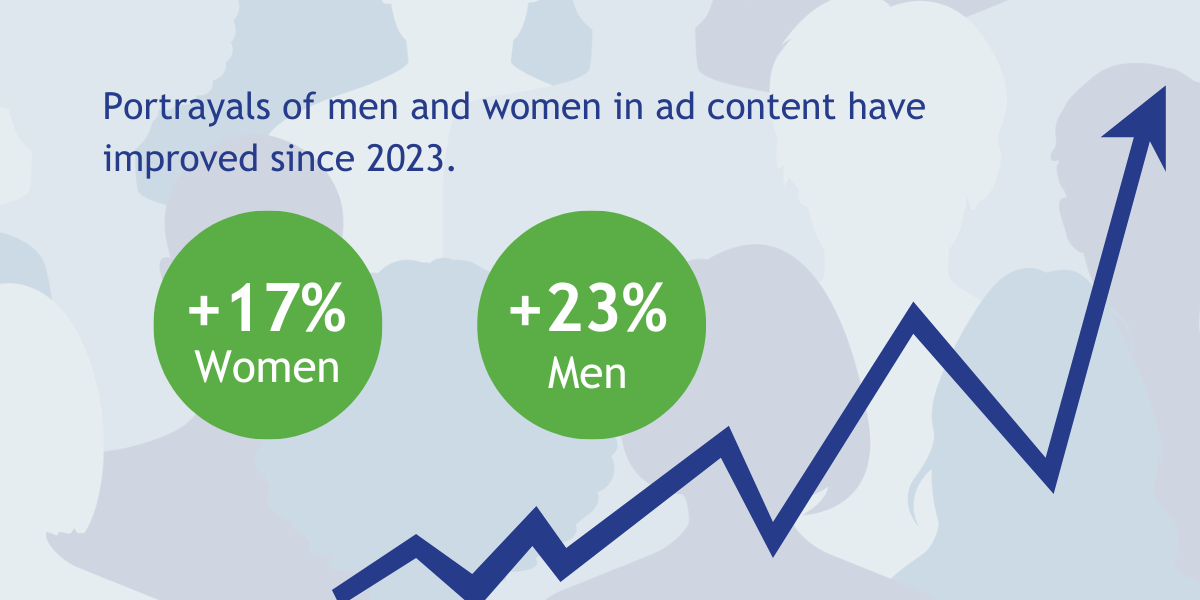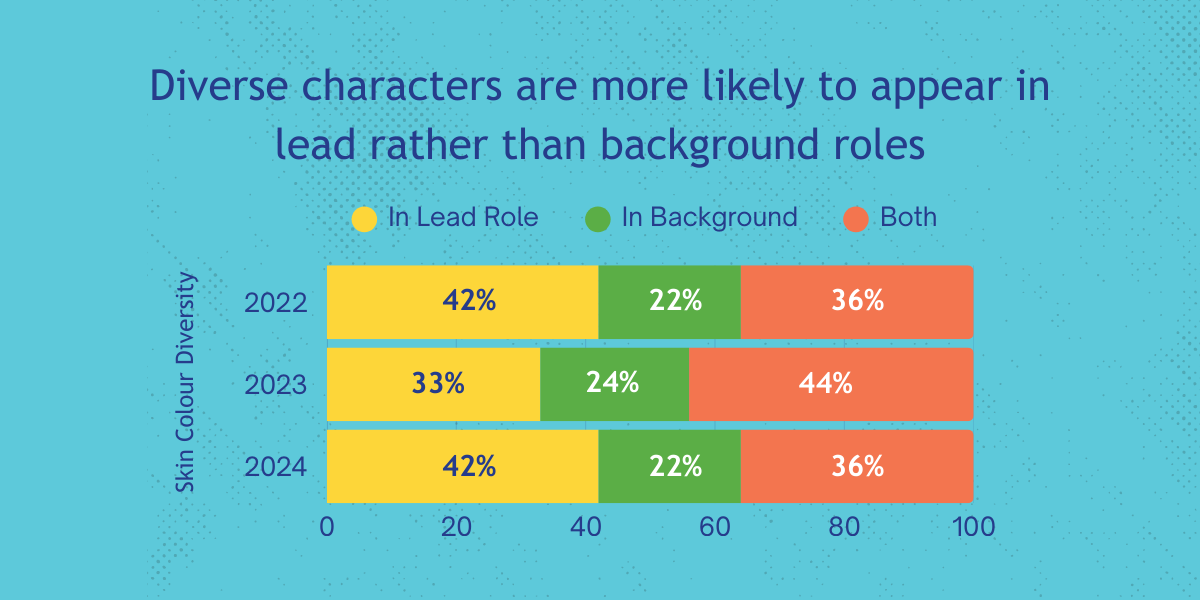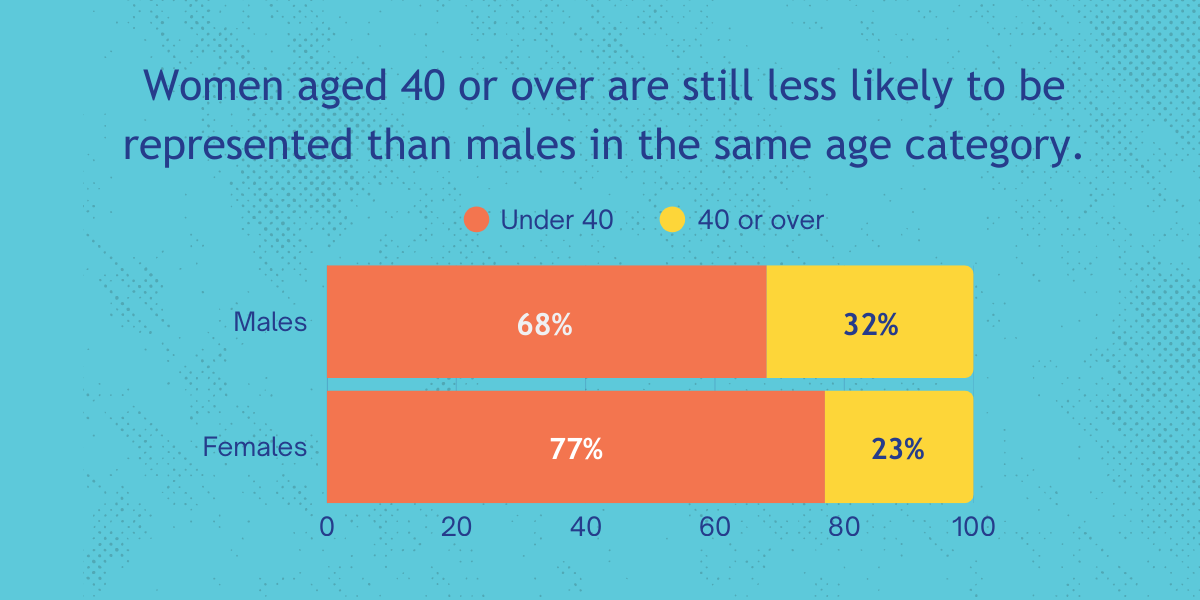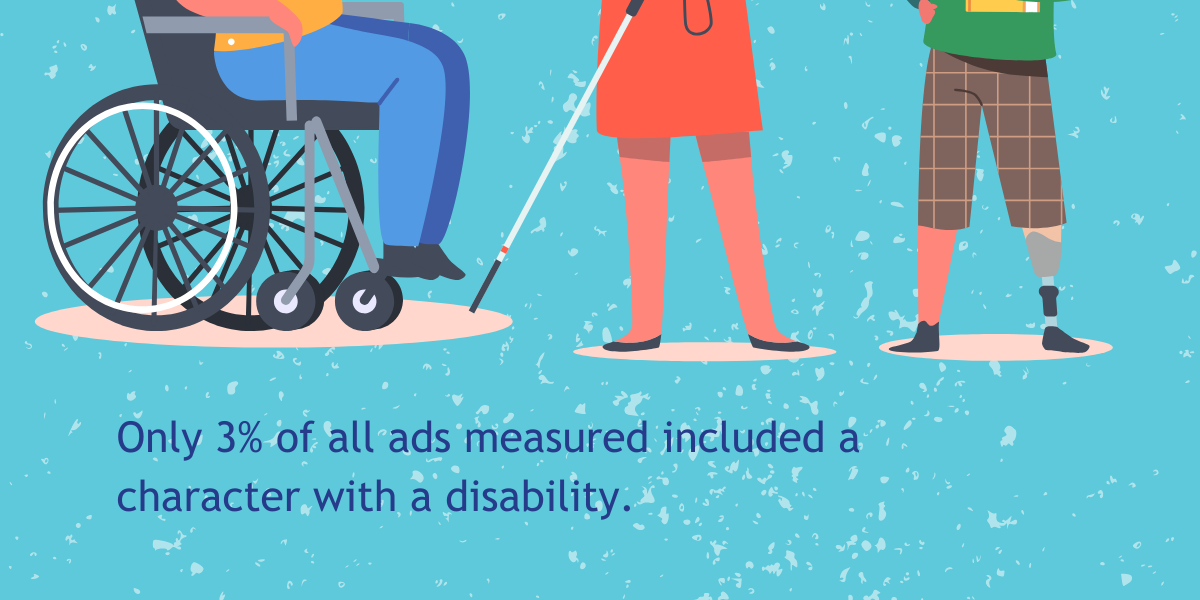Publish Date: Tem 11, 2025
According to research by the Unstereotype Alliance and Kantar, positive gender portrayals have seen their biggest growth since 2021 across all markets, and ads with more progressive portrayals are seeing higher Return on ad investment.
The Unstereotype Alliance with Kantar measured over 28,000 ads across 72 countries, 7,600+ brands and 280 categories in 2024. The latest Gender Unstereotype Metric and Progressive Unstereotype Metric key findings analyze how well high-scoring ads perform commercially and highlight overall global trends in people portrayals.
The Unstereotype Alliance’s 'Gender Unstereotype Metric’ (GUM) is an open-access tool that measures how well a piece of advertising presents a progressive or regressive image of the female and/or male character(s). It is a single measure question that can be applied to advertising creative at any stage of the process through to completion.
In 2023, the Progressive Unstereotype Metric (PUM) was also developed in partnership with Kantar. The new metric evaluates all characters in an ad, measuring how progressive the representations are. It was developed with a focus on measuring representations of age, race & ethnicity, and disability, and should be implemented in addition to the existing Gender Unstereotype Metric (GUM). In 2024 we have the first iteration of PUM results from 40 markets, and more than 10 000 ads.
Progressive portrayals of all people benefit society and benefit business.
Ads with a high Gender Unstereotype Metric score continue to predict greater ROI for advertising investment, aligning with the findings from the Alliance’s Inclusion = Income study that shows inclusive advertising drives sales.

Kantar looked at the difference between ads that perform well versus weak performers and found an uplift on these key measures, indicating that portraying people in a progressive way has an even bigger potential impact.
What's new in 2024?
Overall there has been positive growth of both metrics, but the 2024 GUM and PUM findings also reveal a nuanced picture, with some reversals of progress.

Positive male portrayals have become more multi-dimensional with non-traditional role depictions, greater skin color and ethnic origin diversity, and diverse body sizes. Despite this positive shift, men are increasingly taking prominent roles when appearing alongside women.
Ethnic diversity representation has declined overall, yet are more likely to appear as the lead rather than in background roles. Skin colour diversity still represents less than a third of advertising despite some improvements in lead role visibility.

The representation of diverse body sizes continues to shrink for women with no growth for men, LGBTQ+ visibility remains extremely low globally, and after previous gains, characters over 40 are now less represented in 2024.

There has been slight growth in featuring disabled characters in advertising with increased presence in both lead and background roles. Only 3% of ads featured someone living with a disability, versus 15% of the global population. However, this shows an improvement from 2023’s 1%.


